Why you can trust TechRadar
UI and performance
- Android 8
- Samsung UX over the top
Android 8.0 is paired with Samsung’s proprietary interface to serve up an experience similar to that of the S9 at a cheaper price.
This may sound like a good thing, and it is – but it also isn’t. Samsung is notoriously bad when it comes to getting the latest software on its devices, and in this instance Android 8 is a generation behind what we would expect from any phone released now.

If hearing this doesn’t bug you, however, and you’re not fussed about having the latest software, it likely won’t put you off the A7. Samsung skins Android so heavily that you’ll be hard pressed to notice tangible differences between Oreo and Pie, and you still get access to all the Android apps in the Play Store.
The fundamentals of the UI are all familiar – home screen, apps tray and notifications bar, but there are some useful Samsung customizations. Secure Folder, for example, lets you lock files and folders to keep prying eyes at bay. It’s also more customizable than stock Android – you can change the home screen grid size, and download a range of themes to shake up the look and feel of the UI.
The Galaxy A7 also has the optional Bixby Home screen, a screen to the left of your main home screen that replaces the stock Google home screen. It displays similar information to its Googley counterpart – news updates and weather information, although it also connects to Facebook, Spotify, Twitter and Uber, so serves as a more holistic hub. We found it a little busy and turned it off, but if you’re not a fan of opening apps, and use those four a lot, you may find it handy.

What’s also good about the UI is that it’s zippy. There’s none of the choppiness that can rear its head when using other mid-range phones such as the Motorola One, with the A7’s Exynos 7885 Octa keeping things ticking along nicely.
The benchmarks aren’t mind-blowing, but that doesn’t mean the A7 can’t handle 3D games, with apps like Monster Hunter Stories playing without too many frames dropped.
Thanks to the Google Play Store, the selection of free and paid-for games is plentiful, and the 64GB of storage will be ample for getting a decent selection loaded on your phone.
Battery
The Samsung Galaxy A7 2018 also delivers solid battery life.
The 3,300mAh capacity is plenty big, able to keep the mid-range internals going for a full day, and if you’re careful with your screen brightness you could even get a day and a half out of this phone with light to moderate use.

Samsung also loads up a bunch of power-saving options for those times when you want to stretch the battery life, and even if you don’t use them screen-on time is competitive, with the battery only dropping around 11% after 90 minutes of Full HD video playback at full brightness.
There’s no fast charging here, with a charge time of over two hours to take the A7 from 0-100%, so it isn’t all good, and there’s no wireless charging either – so every time you need to power up you’ll be forced to use that dated micro USB port.
Camera
- Triple camera
- 120-degree ultra wide lens
- AI powered software
The triple-camera system on the Galaxy A7 is a first from Samsung, as is the quadruple camera system on the new Galaxy A9. Such arrays are likely the shape of things to come on the upcoming Galaxy X, although the odds are that the X will offer significantly better image quality.
That isn’t to say image quality from the A7 is bad – it’s absolutely what we’d expect from a mid-range phone, but part of us would have preferred one excellent camera over three inconsistent ones.

Starting with the specs, there’s a primary 24MP sensor (f/1.7, with phase-detection autofocus), a 5MP depth sensor for better portrait mode pictures, and an 8MP sensor (f/2.4, 13mm equivalent focal length) for wide-angle shots.
In good light the 24MP sensor fares really well, capturing bags of detail. Samsung loves to process its pictures heavily, and pictures taken on the A7 are no exception – colors are boosted, as is contrast, and these images don’t leave a huge amount of scope for editing once taken, although they’re generally social media-ready.
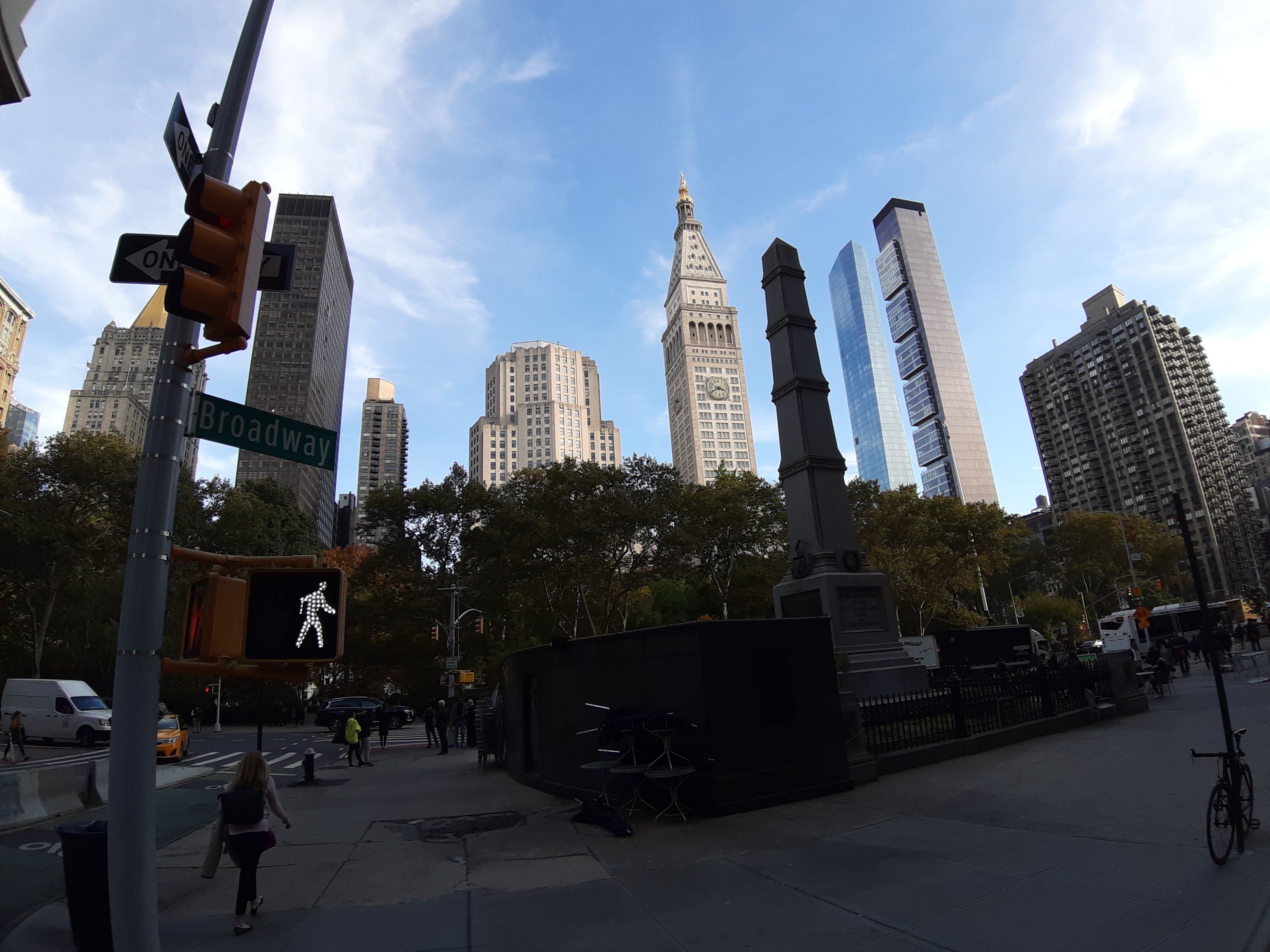





It can also get pretty close to a subject – about 6-7cm, enabling you to take some stunning macro shots. Low light shots aren’t terrible, but the pumped contrast and processing means they look much better zoomed out.
Start pinching into pixels and you’ll notice the mediocre dynamic range, and heavy noise reduction and softening.
As for the wide-angle camera, this doesn’t have autofocus so is limited to landscape shots, and fares worse in poor light than the primary camera.
It delivers GoPro levels of distortion, with barreling being more extreme than from wide-angle lenses from LG on the G7 or Huawei on the Mate 20. This all means you get stylized pictures that don’t look all that realistic, but which could be just the ticket if you’re after dynamic-looking shots.
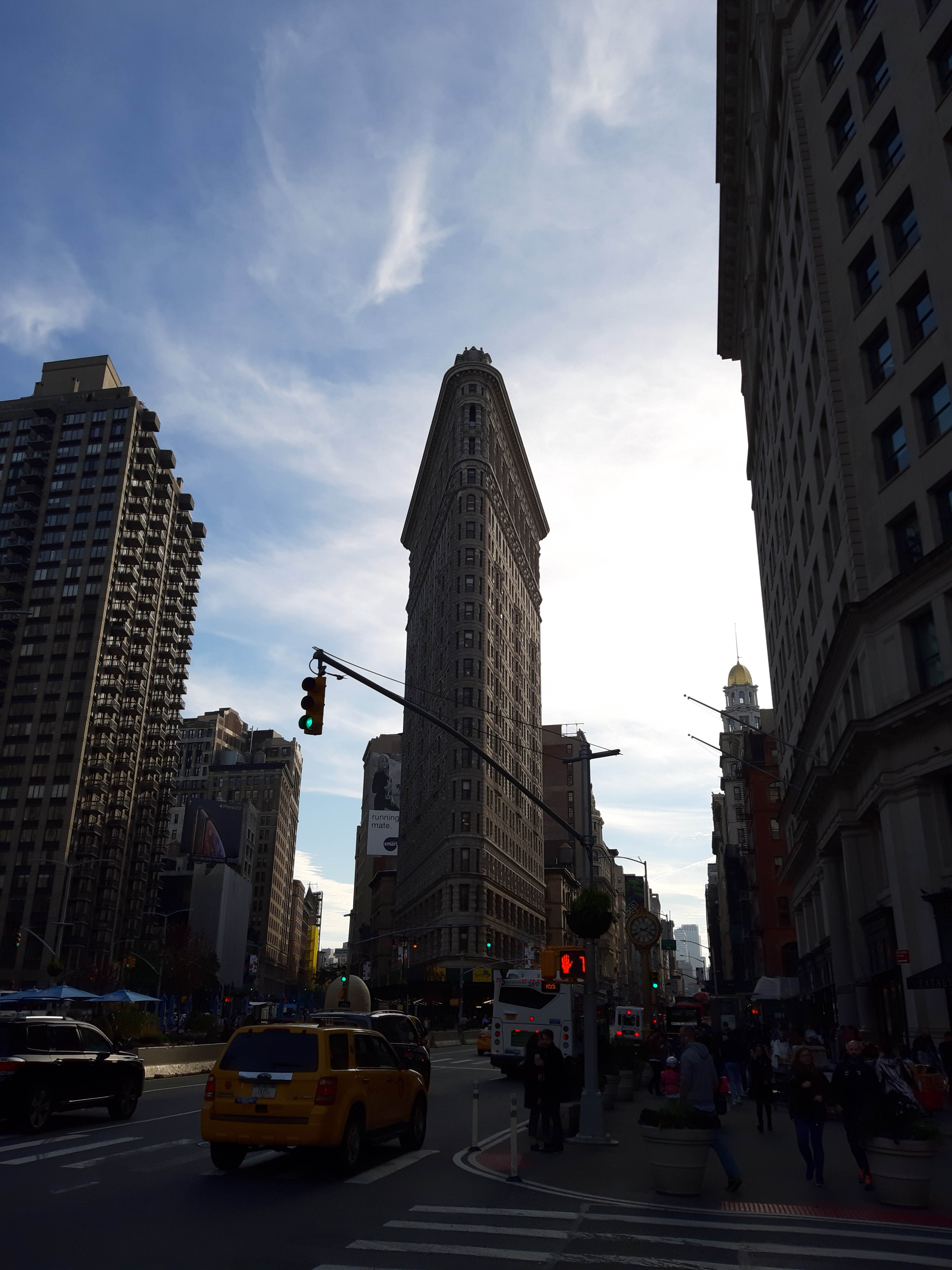



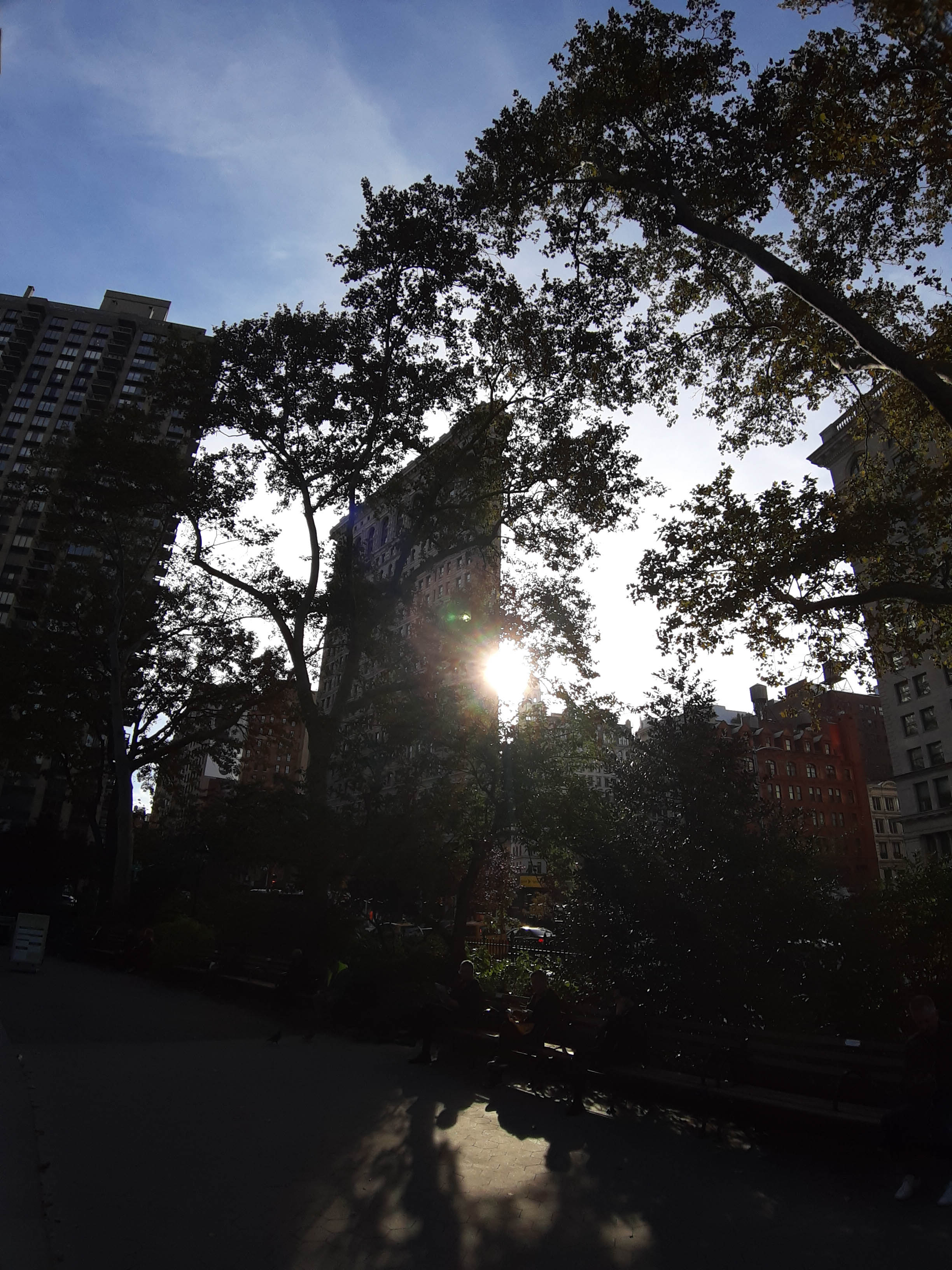
Where the wide camera falls down is low-light video specifically, with significantly worse light grabbing capabilities than the main camera and worse noise handling. In fact, low light video is probably the only area where the Galaxy A7 just can’t hold it together across the board, with quality crumbling to unusable levels pretty quickly.
Another impressive feature, though, is the stabilization when shooting video; it’s not flagship level, but we wouldn’t expect it to be at this price, and it’s certainly better than what you’ll find on most sub-£350 /$450 smartphones.
Happily, we’re going to end this section on a couple of highs. The first is depth perception and bokeh effects – this works really quickly and relatively well. Even flagships like the Pixel 3 can take a bit of time to make the background actually blur, on account of only having one lens, so this suggests that the third, depth-sensing lens isn’t just a gimmick – it actually saves you time.
The final camera highlight is the front snapper: 24MP, f/2 and packed with modes, from beauty mode and AR emojies through to a selfie bokeh mode – if you’re looking to have a bit of fun with your selfies, the Galaxy A7 could be just the ticket.
Additional camera samples
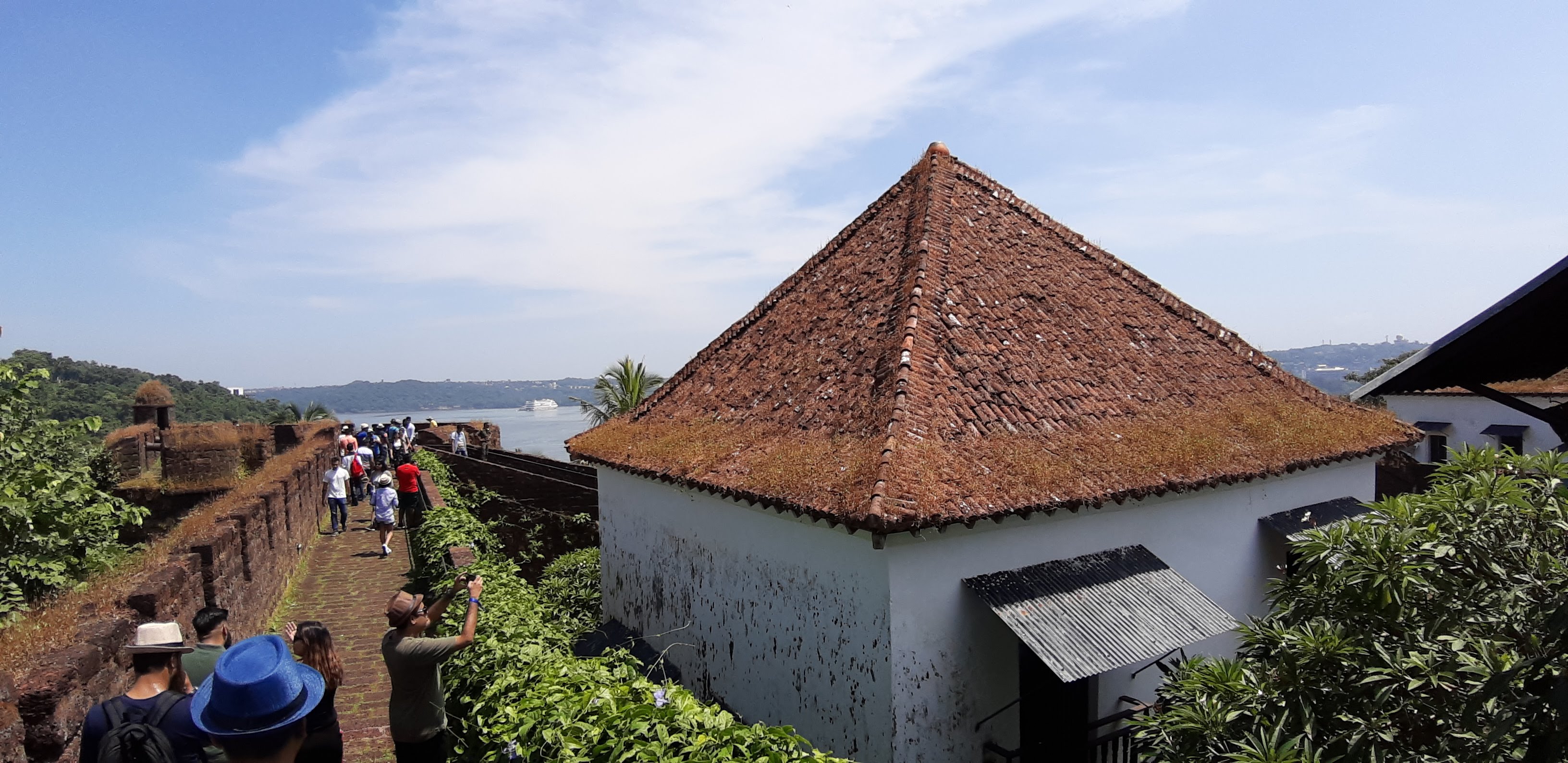








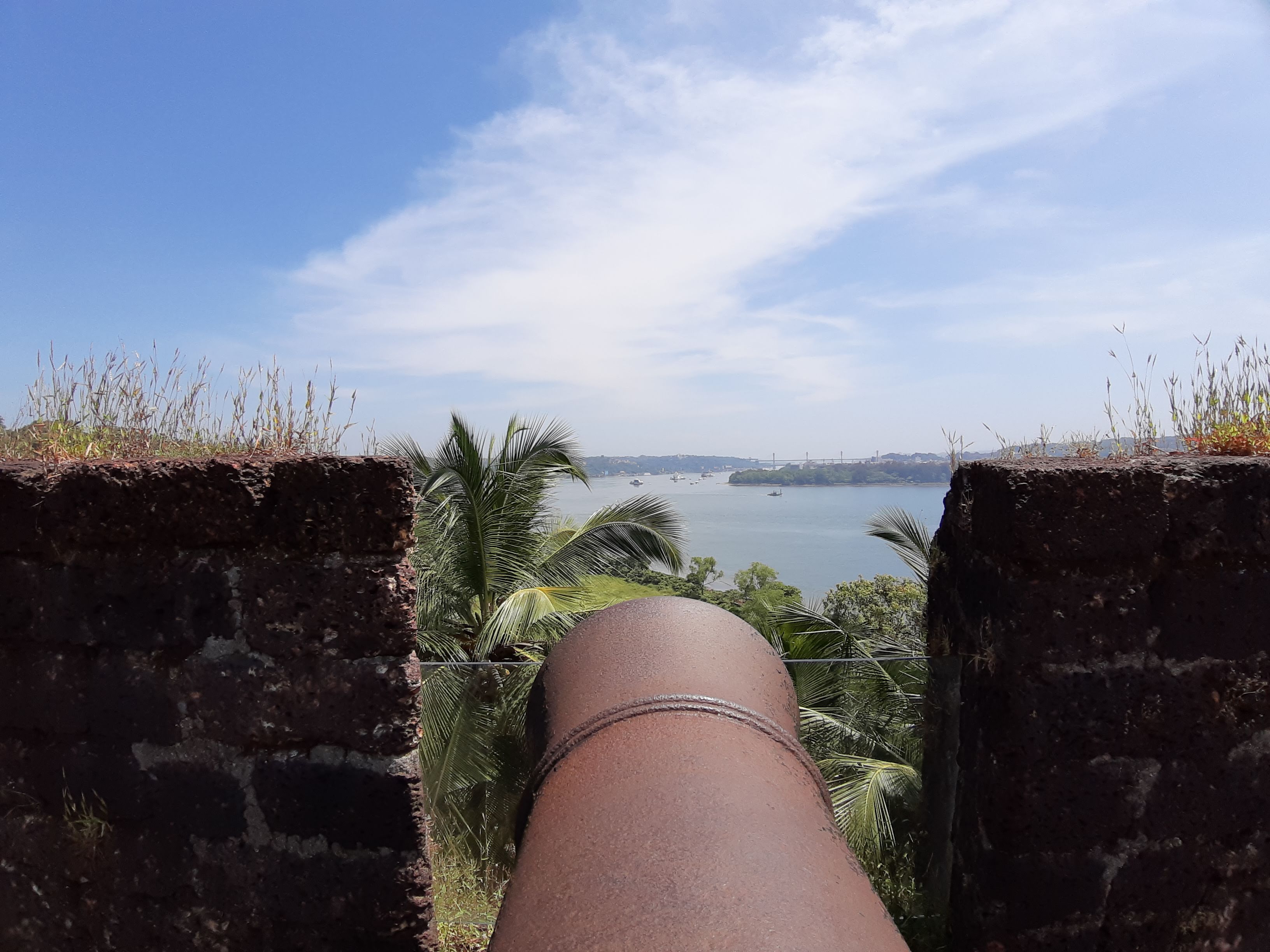
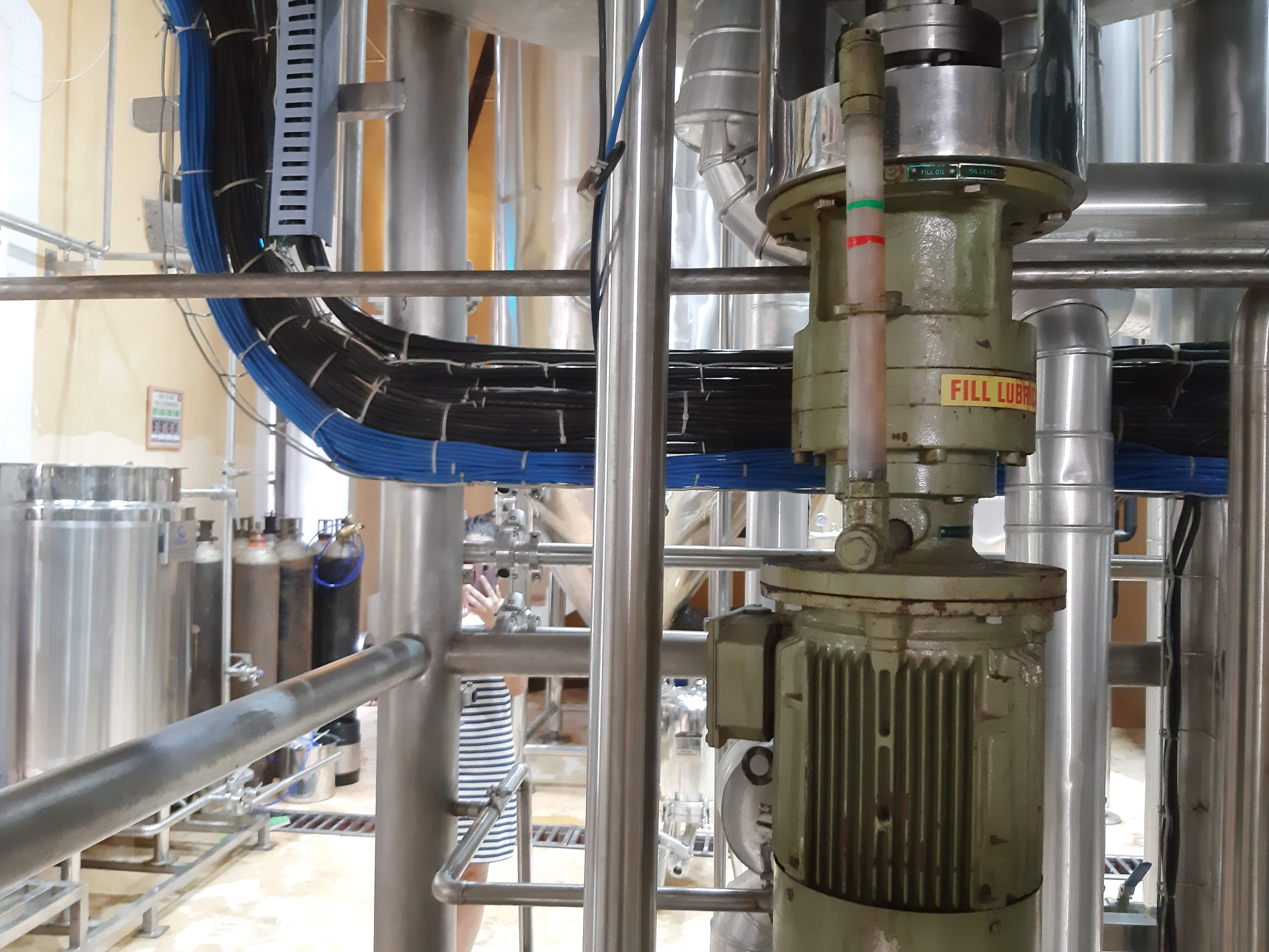
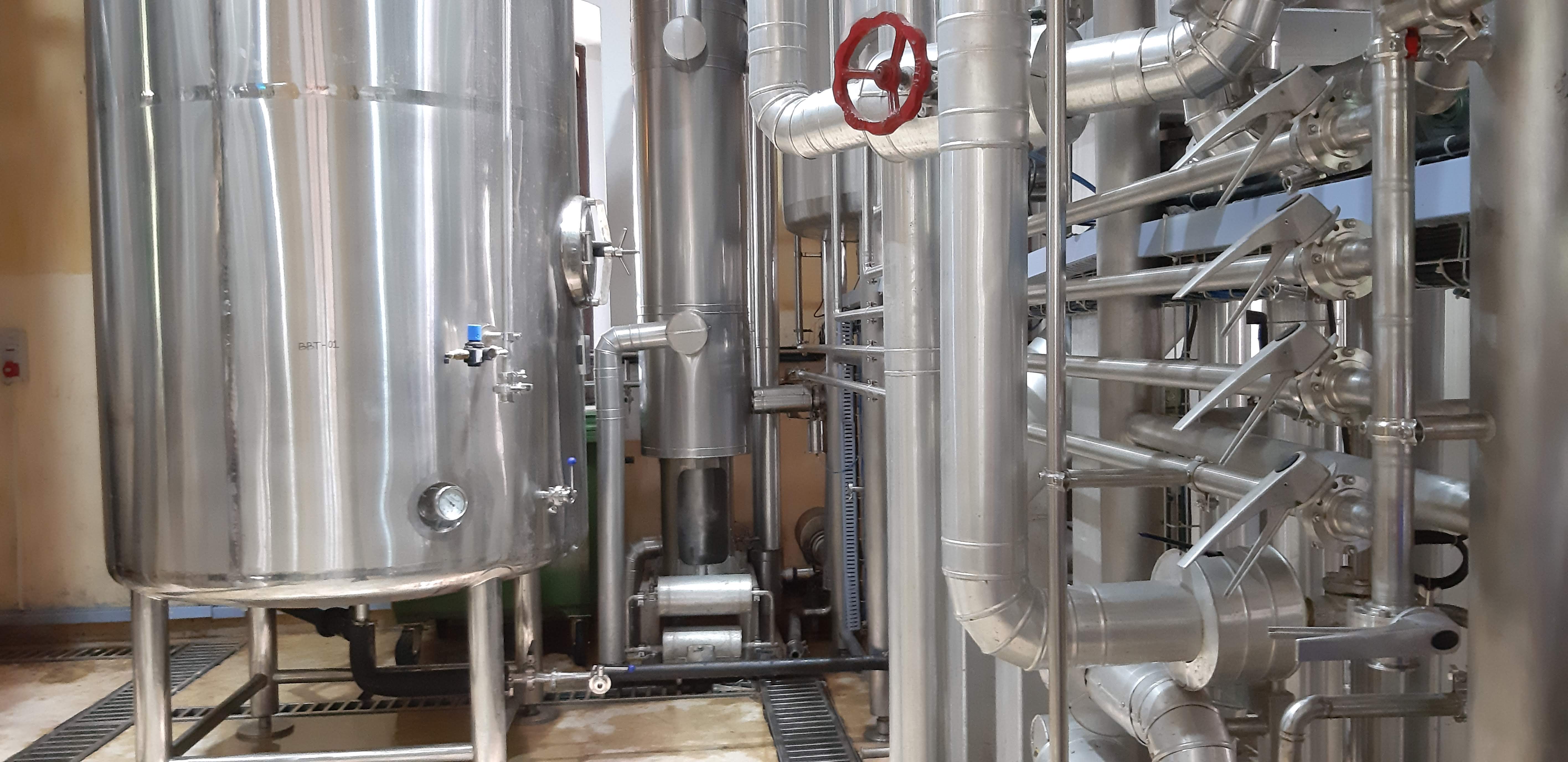


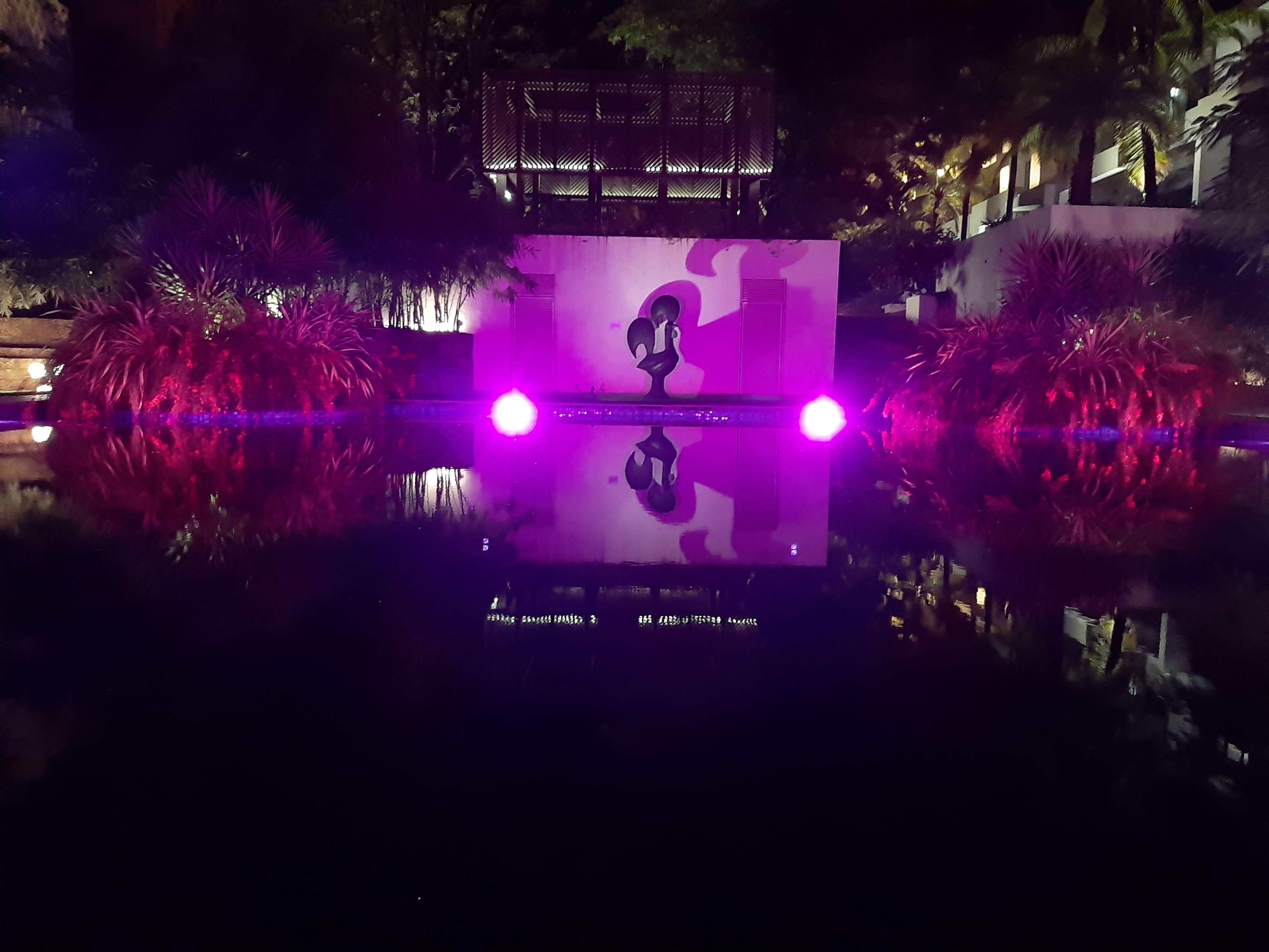

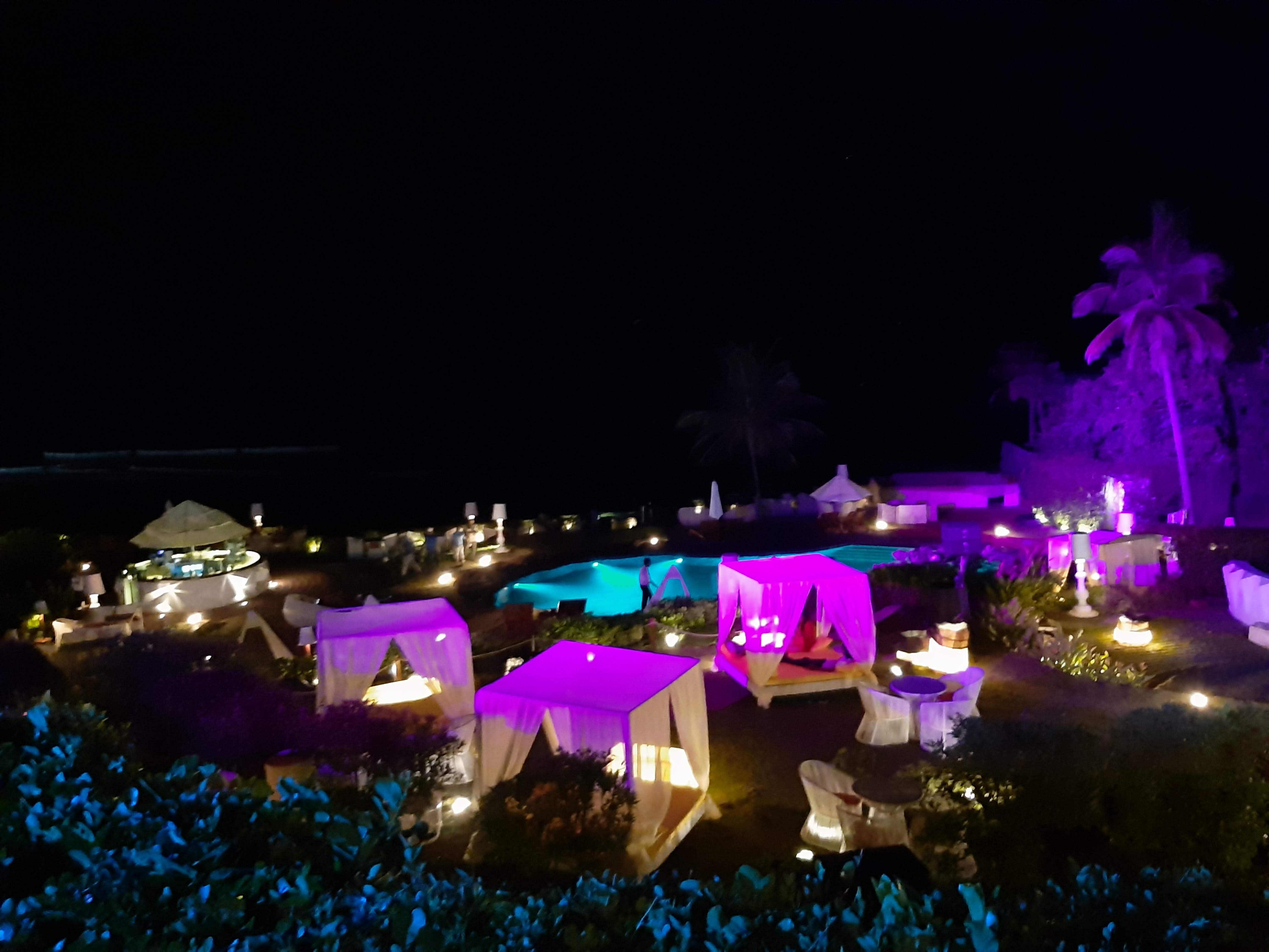
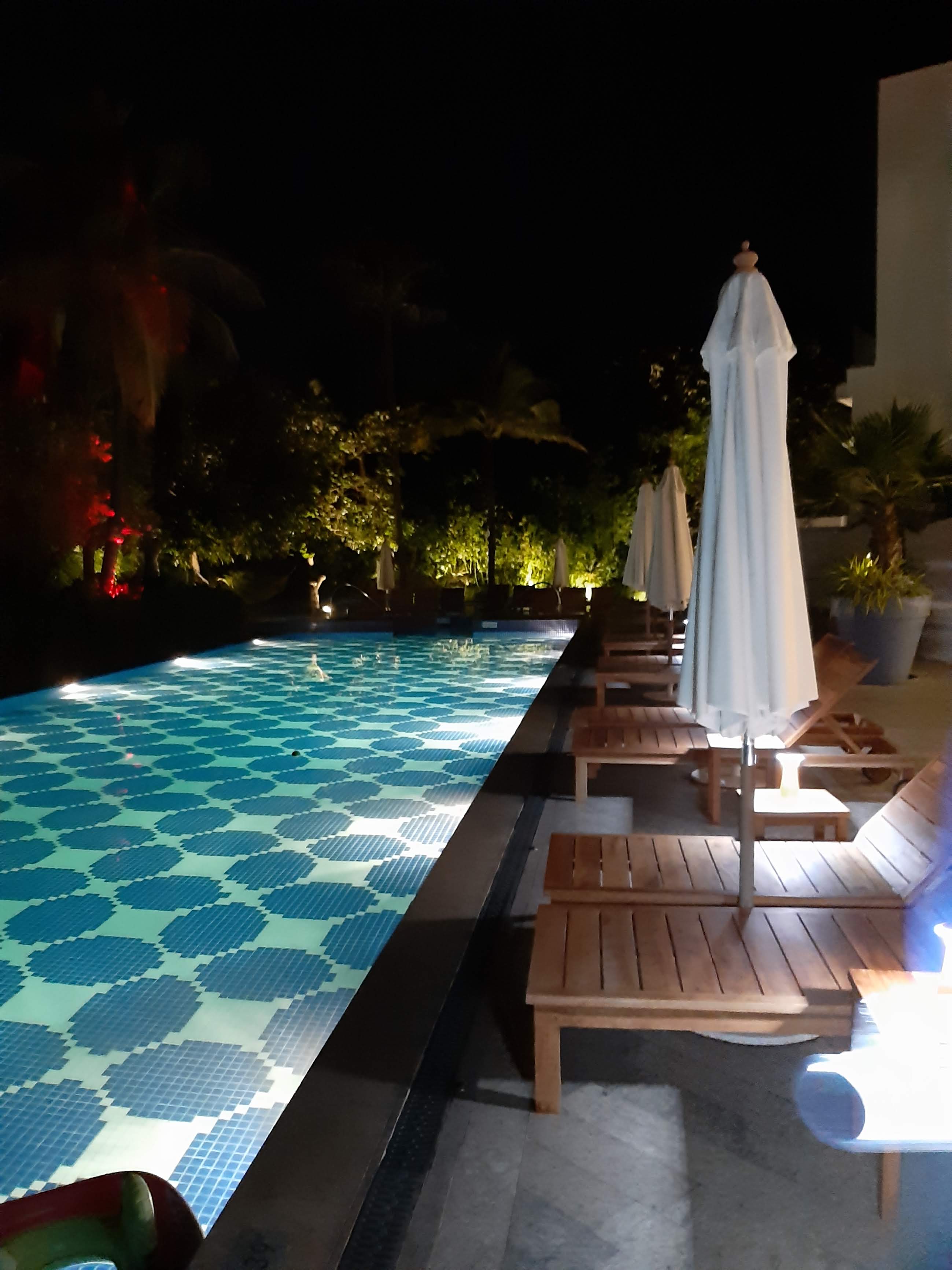



Current page: Performance and camera
Prev Page Introduction, key features and design Next Page Anything else I should know?Basil Kronfli is the Head of content at Make Honey and freelance technology journalist. He is an experienced writer and producer and is skilled in video production, and runs the technology YouTube channel TechEdit.

